In January 2015, the ISMC science team participated in research studies concerning viral and bacterial contamination of the environment and focused on health, food/beverage, agriculture and aquaculture including the application of transgenic science. The various technologies and protocols available at that time were large, heavy and required high kW of input power. The requisite cooling systems and materials to protect the operators (radiation, HV, optical wavelengths) added to the size and weight problem.
One of ISMC’s priorities was to develop diagnostic and therapeutic systems with protocols that could operate in microgravity orbiting environs (ISS) and LEO operating stations (water mining, refueling). We also knew that interplanetary colonization would require compact, lightweight, utility power and maintenance in a robust package to withstand the radiation and hyper/micro-G operating conditions. We investigated the current state of the art in X-Ray, Gamma Ray, E-O, and UV, including LP, MP, mercury, amalgam and dielectric barrier discharge (DBD) germicidal light sources, but did not find them appropriate for space applications
In April, 2015, ISMC initiated an internally funded research program, the ISMC LED PROJECT for space (LEO and Interplanetary). We compared existing systems to the current state of the art of high spectral intensity SMD LED’s at discreet narrow germicidal lambda. ISMC, with support from STAR Associates Inc, initially created various array configurations of multiple LED elements to map and determine the optimum geometric distribution to deliver germicidal uniformity. We then exposed the LED array of germicidal light to a range of cross sectional areas and measured the intensity roll-off with respect to distance from the LED array light source. STAR conducted these initial experiments using LEDs from 3 global manufacturers and determined that only one had the capability to meet the spectral intensity, repeatability and environmental conditions for space applications.
Once the spectral intensity data profiles had been established, the next eight months were dedicated to testing the LED arrays to identify dose response for specific panels of bacterial and viral organisms that have been identified as primary microbes in space.
The first objective was to establish the DNA/nucleic acid metabolic recovery and profile the repair cycle using the LED arrays. These test and measurement data sets were conducted using 6 germicidal wavelengths with increasing spectral intensity steps to determine “D” value comparatives to published data using other established methods.
Importantly, we were able to achieve comparable data to current technology but at dramatic reductions in size and weight. We unexpectedly observed new advanced intercept methods of repair protocols that were not readily achievable using conventional technology.
We are well aware that our designated target microbes will be mutated during transit to LEO and that our 1-G findings will need to be retested for verification on the mutated state in LEO. In consideration of unmanned orbiting experiments, ISMC and its affiliated company, Forever Identity, have been evaluating the use of AI, HCI, machine learning and expert systems studies on our process.
We are seeking project partners and financing to initiate the next phase of our project to compare our 1-G data under micro-G conditions. Since the mutated changes will be the norm that will dominate microbes in space for humanity, the ISMC platform will be able to provide the rugged reliability, reproducibility, reduced size and light weight needed in space.
